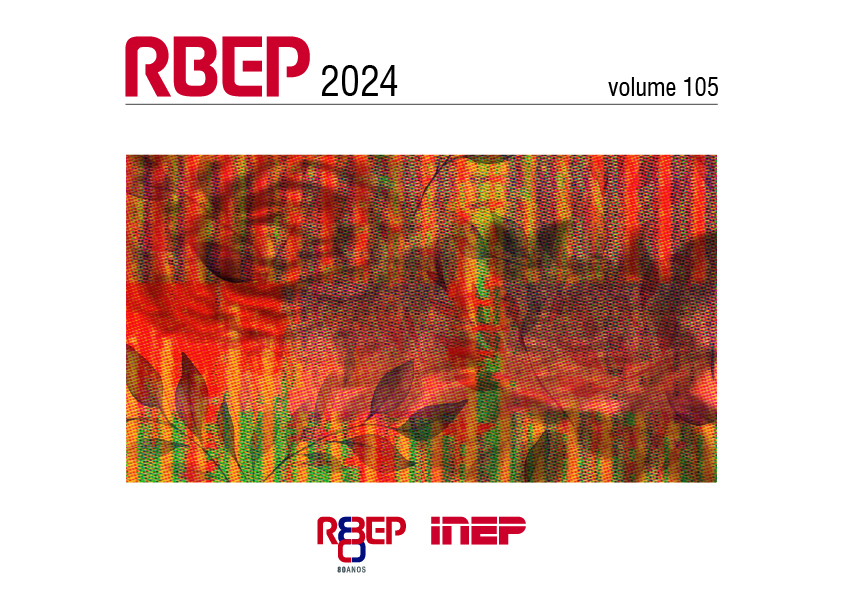From the periphery to the campus: the COLUN/UFMA between Vila Palmeira and the Cidade Universitária (1995-2006)
Abstract
This study covers the crisis experienced by the University College of the Federal University of Maranhão (COLUN/UFMA) in the 1990s and 2000s, and its transfer from the outskirts of São Luís (Vila Palmeira) to the UFMA’s central campus in Vila Bacanga. This change is then problematized, placing it in a broader context of transformations occurring in the COLUN, which the continuity in that popular neighborhood never ceased to be the subject of tensions and controversies regarding its purpose and target audience. The particularity of this school institution, as well as the aspects making this learning modality stand out for its uniqueness in the educational landscape, are thoroughly discussed, employing newspapers, school archival documents, interviews and relevant legislation, as historical sources. These fragments gathered, crossed and analyzed according to the theoretical-methodological assumptions of cultural history. It is concluded that its reinstallation in a new location occurred in parallel with other changes that reconfigured its identity. Although it maintained its role as a laboratory college, it partially lost its sense of community that distinguished it from other regions, also beginning to work as a technical college, thus bolstering a secondary schooling dichotomized between regular and vocational education to the detriment of early childhood education and the initial years of primary education.
Downloads
Copyright (c) 2024 Brazilian Journal of Pedagogical Studies

This work is licensed under a Creative Commons Attribution 4.0 International License.
Once their work is accepted for publication, author’s copyrights are automatically relinquished to the National Institute for Educational Studies and Research Anísio Teixeira (Inep).
Since 2016, the journal Revista Brasileira de Estudos Pedagógicos (RBEP) uses the licence CC-BY.
Partial or total reproduction of the content of this Journal is permitted provided that the original publication is properly referenced, as well as a link to license CC BY 4.0 and to indicate any possible alterations made to the article.




















